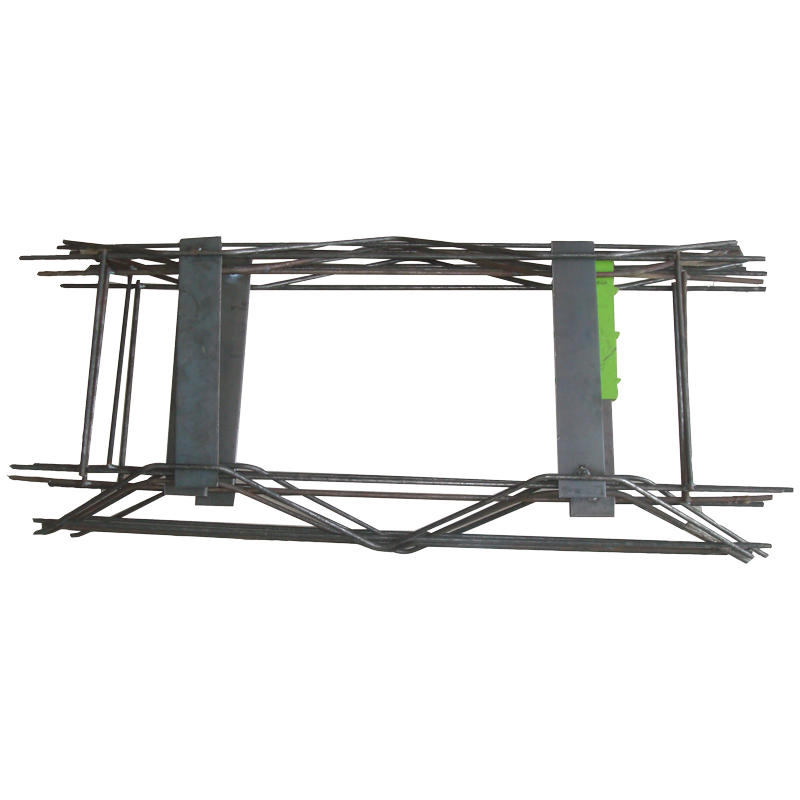
- Mobile Phone
- +8613931874955
- sales@cntcmetal.com
High-Quality External Plaster Corners for Perfect Finishes
Understanding External Plaster Corners A Guide for Homeowners
External plaster corners are an essential aspect of building construction and renovation, providing both aesthetic appeal and functional stability to the structure. Whether you are embarking on a home improvement project or considering a new build, understanding the importance of external plaster corners can significantly impact the overall quality and longevity of your investment.
Plastering is a common practice in the construction industry, where a mixture of sand, lime, and water is applied to walls and ceilings for smooth finishes. When it comes to external corners, the technique becomes crucial. These corners are not only structural elements that help define the building’s shape, but they also play a significant role in protecting the edges from weather elements, impact damage, and wear over time.
One of the primary benefits of well-executed external plaster corners is their ability to enhance the durability of a building. The exterior walls are often exposed to harsh weather conditions, including rain, snow, and intense sunlight. Properly plastered corners help prevent water infiltration, which can lead to mold growth, structural weakening, and costly repairs. A good plaster corner should be smooth and even, redirecting water away from the walls and preventing pooling that could cause damage.
external plaster corner

In addition to their protective qualities, external plaster corners contribute greatly to the building's architectural aesthetic
. A sharp, clean corner can significantly elevate the overall appearance of a structure, lending it a polished and professional look. Homeowners looking to boost their property’s curb appeal should pay particular attention to these details, as they can make a substantial difference in how a home is perceived.Installation of external plaster corners requires skilled craftsmanship. Using corner beads—triangular strips made of metal or plastic—provides added strength and helps ensure straight, clean lines. The plaster is then applied over these beads, ensuring that the corners are not only visually pleasing but also robust enough to withstand daily wear and tear.
Maintenance of external plaster corners is also vital. Regular inspections can help homeowners identify any signs of damage, such as cracks or chips, which should be repaired promptly to prevent further deterioration. Touching up the plaster and repainting as needed can keep these corners looking fresh and intact.
In conclusion, external plaster corners are more than mere decorative features; they are critical components of a well-constructed building. Their durability, protective qualities, and aesthetic contributions cannot be understated. When planning construction or renovation projects, investing time and resources into ensuring the quality of plaster corners pays off significantly in the long run, safeguarding both the beauty and integrity of the home.
share:
-
Your Source for Concrete Wall Ties and Masonry AccessoriesNewsJul.10,2025
-
Unlocking the Power of Iron Wire for Every ProjectNewsJul.10,2025
-
Explore Advanced Chain Wire and Stainless Steel Mesh FencingNewsJul.10,2025
-
Discover the Benefits of Annealed Wire ProductsNewsJul.10,2025
-
Discover China Stainless Steel Wire Mesh SolutionsNewsJul.10,2025
-
Build with Confidence Using High-Performance Masonry AccessoriesNewsJul.10,2025
-
Why Sacrificial Formwork Is Redefining Underground ConstructionNewsJun.06,2025



















